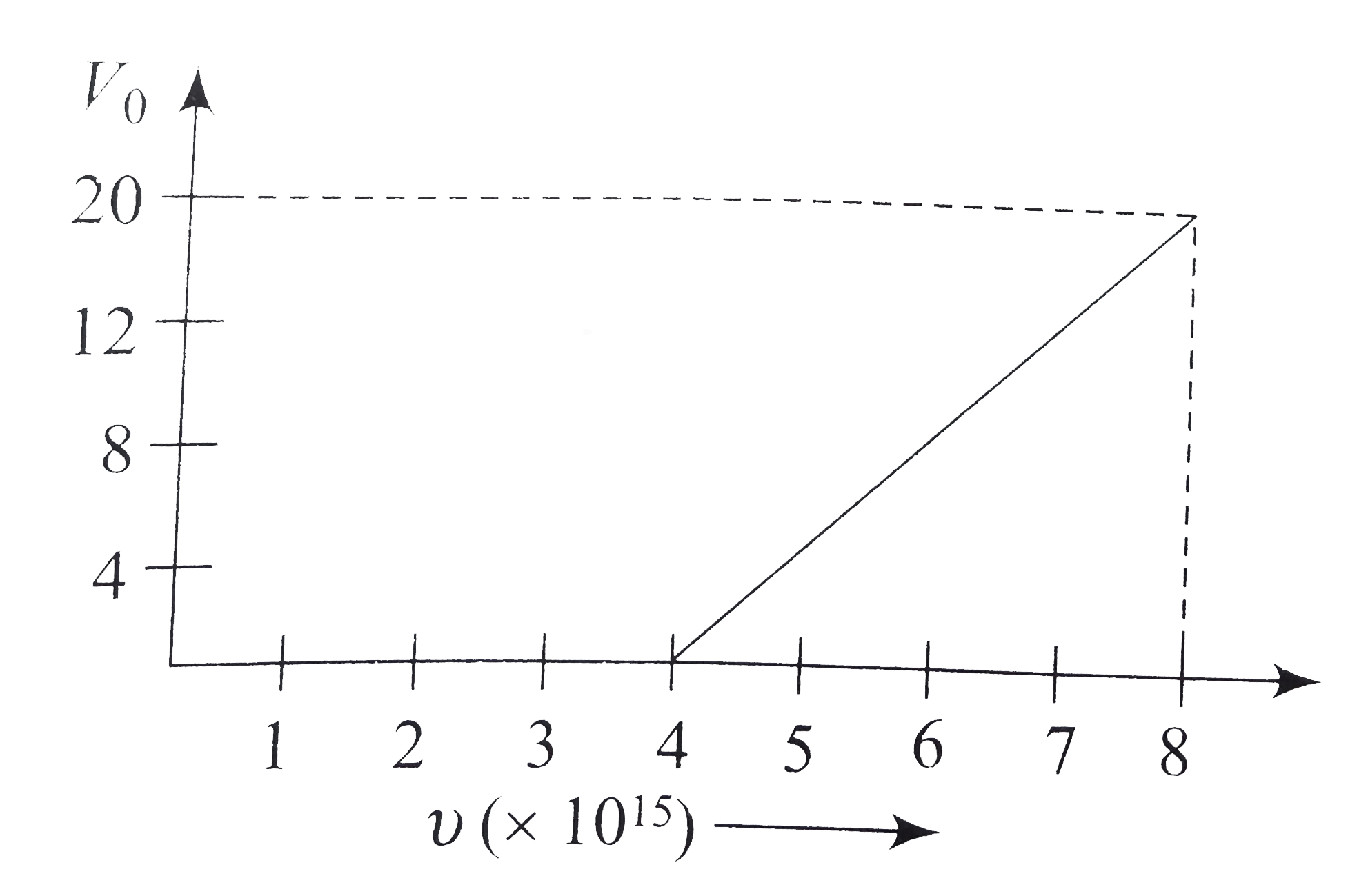Assertion : Photoelectric current depends on the intensity of incident light.
Reason : Number of photoelectrons emitted per second is directly proportional to intensity of incident radiation.
If both assertion and reason are true and reason is the correct explanation of assertion.
If both assertion and reason are true but reason is not the correct explanation of assertion.
If assertion is true but reason is false.
If both assertion and reason are false.
The correct Answer is:A
To analyze the given assertion and reason, we will break down the concepts step by step.
Step 1: Understanding the Assertion
The assertion states that "Photoelectric current depends on the intensity of incident light."
- Explanation: In the photoelectric effect, when light of sufficient frequency strikes a metal surface, it can eject electrons from that surface. The photoelectric current is the flow of these emitted electrons.
Step 2: Understanding the Reason
The reason provided states that "Number of photoelectrons emitted per second is directly proportional to intensity of incident radiation."
- Explanation: The intensity of light is related to the number of photons striking the surface per unit time. If the frequency of the incident light is above the threshold frequency, increasing the intensity (which means more photons) will lead to the emission of more photoelectrons. Thus, the number of emitted photoelectrons is indeed directly proportional to the intensity of the incident light.
Step 3: Connecting Assertion and Reason
Now, we need to connect the assertion and reason.
- Since the number of photoelectrons emitted per second is directly proportional to the intensity of the incident light, and since the photoelectric current is defined as the flow of these emitted photoelectrons, we can conclude that the photoelectric current will also depend on the intensity of the incident light.
Step 4: Conclusion
Both the assertion and the reason are true, and the reason correctly explains the assertion.
- Final Statement: Therefore, we conclude that both the assertion and the reason are true, and the reason is the correct explanation for the assertion.
---
The assertion states that "Photoelectric current depends on the intensity of incident light."
The reason provided states that "Number of photoelectrons emitted per second is directly proportional to intensity of incident radiation."
Now, we need to connect the assertion and reason.
Both the assertion and the reason are true, and the reason correctly explains the assertion.
Topper's Solved these Questions
- DUAL NATURE OF RADIATION AND MATTER BOOK - NCERT FINGERTPS ENGLISHCHAPTER - DUAL NATURE OF RADIATION AND MATTER EXERCISE - Einstein'S Photoelectric Equation : Energy Quantum Of Radiation
23 Videos
- DUAL NATURE OF RADIATION AND MATTER BOOK - NCERT FINGERTPS ENGLISHCHAPTER - DUAL NATURE OF RADIATION AND MATTER EXERCISE - NCERT Exemplar
8 Videos
- DUAL NATURE OF RADIATION AND MATTER BOOK - NCERT FINGERTPS ENGLISHCHAPTER - DUAL NATURE OF RADIATION AND MATTER EXERCISE - EXEMPLAR PROBLEMS
8 Videos
- CURRENT ELECTRICITYBOOK - NCERT FINGERTPS ENGLISHCHAPTER - CURRENT ELECTRICITYEXERCISE - Assertion And Reason
15 Videos
- ELECTRIC CHARGES AND FIELDSBOOK - NCERT FINGERTPS ENGLISHCHAPTER - ELECTRIC CHARGES AND FIELDSEXERCISE - Assertion And Reason
15 Videos
Similar Questions
As the intensity of incident light increases
View SolutionThe number of electrons emitted by a surface exposed to light is directly proportional to
View SolutionIn photoelectric effect, the number of photoelectrons emitted is proportional to :
View SolutionIn photoelectric effect, the number of photoelectrons emitted is proportional to :
View SolutionThe kinetic energy of photoelectrons emitted by a photosensitive surface depends on the internsity of the incident radiation
View SolutionWhen a high frequency electromagnetic radiation is incident on a metallic surface, electrons are emitted from the surface. Energy of emitted photoelectrons depends only on the frequency of incident electromagnetic radiation and the number of emitted electrons depends only on the intensity of incident light.
Einstein's protoelectron equation [Kmax=hv−ϕ} correctly explains the PE, where υ= frequency of incident light and ϕ= work function.
Q. The slope of the graph between stopping potential and frequency is [here h is the Planck's constant and e is the charge of an electron] is
View Solution
When a high frequency electromagnetic radiation is incident on a metallic surface, electrons are emitted from the surface. Energy of emitted photoelectrons depends only on the frequency of incident electromagnetic radiation and the number of emitted electrons depends only on the intensity of incident light.
Einstein's protoelectron equation [Kmax=hv−ϕ] correctly ecplains the PE, where υ= frequency of incident light and ϕ= work function.
Q. For photoelectric effect in a metal, the graph of the stopping potential V0 (in volt) versus frequency υ (in hertz) of the incident radiation is shown in Fig. The work function of the metal (in eV) is.
View SolutionIf intensity of incident light is increased in photo electric effect then which of the following is true ?
View SolutionAssertion (A) : On increasing the frequency of light larger number of photoelectrons are emitted .
Reason (R) : The number of electrons emitted depends on the intensity of incident light.
View SolutionExplain photoelectric effect Explain the effect of increase of intensity of incident radiations on photoelectrons emitted by a photo-tube.
View Solution
